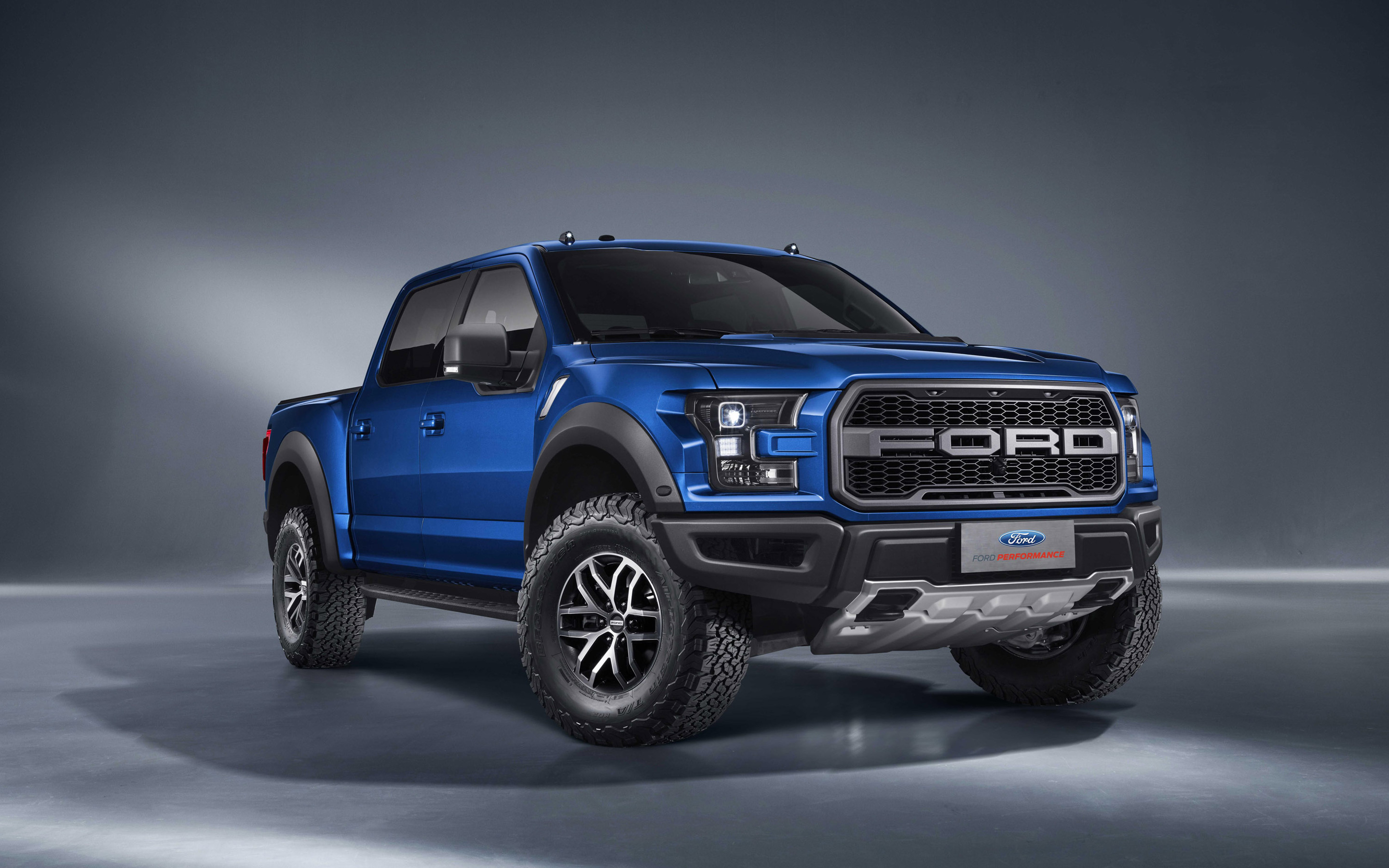The release date of the next-generation Ford F-150 has been delayed until 2028.
 Kevin WongFeb 20, 2025, 02:52 PM
Kevin WongFeb 20, 2025, 02:52 PM
【PCauto】According to the news, the 15th generation of the F-150 (codenamed P736), originally scheduled for release in 2027, will not go into mass production in 2027 but will be postponed to the middle of 2028. This delay may not only affect Ford's market competitiveness but also reflect the complex challenges during the current transformation period of the automotive industry. Specifically, what happened to Ford during the development of the new generation of the F-150? Let's continue to discuss.

Ford has spent a large amount of money on developing electric vehicles in the past few years, but this strategy has faced significant pressure in terms of technological research and development and cost control. The sales of Ford's electric F-150 Lightning have not met expectations, and its pure electric vehicle division (Model e) suffered a loss of $5.1 billion in 2024. Although the Lightning won the title of the best-selling pure electric pickup truck in the United States in 2023 (selling 24,165 units), the market demand slowed down in 2024, forcing Ford to suspend production and cut 35% of its production capacity to reduce costs.
Ford CEO Jim Farley once pointed out that the weight of large electric trucks and the high cost of batteries are "insurmountable challenges," especially the limitations of towing capacity. To this end, Ford has adjusted its strategy for electric pickups: on the one hand, it has postponed the release of the next-generation electric model P800, and on the other hand, it has shifted to developing extended-range electric vehicles (EREV) and medium-sized electric pickups (such as the Ranger EV) to reduce battery costs and meet diverse needs.
The cost pressure of simultaneously promoting traditional fuel vehicle and electric vehicle platforms has increased the complexity of supply chain management. Ford requires suppliers to save 2%-4% of costs within the project cycle every year, and by extending the production cycle of the current F-150 (released in 2021 and facelifted in 2024) to 2028, it aims to maintain the stability of the existing supply chain. However, the delayed release of the new vehicle has led to suppliers losing the opportunity to renegotiate prices, further squeezing their profit margins.
The order deliveries of the 2024 F-150 have been hindered by shortages of components (such as head-up displays and engine components) and production delays, and some orders have had a waiting time of more than a year. This chain reaction may also have affected the research and development rhythm of the next-generation model.
In 2024, the sales of the F-150 decreased by 5% year-on-year, and it lost its position as the best-selling model in the United States. Competitors such as Chevrolet and Ram are accelerating the launch of new models. If Ford cannot update its product line in a timely manner, it may further face the risk of losing market share.

The delayed release of the F-150 is a microcosm of Ford's response to the changes in the industry. Under the multiple challenges of high cost pressure in the electrification transformation, insufficient supply chain resilience, and intense market competition, Ford's strategy has changed from a rapid transformation to a slow one. However, whether this adjustment is sufficient to cope with the market changes in the next four years still requires observing the actual effectiveness of its technological breakthroughs and cost control. For consumers, a longer waiting period may mean a more mature product; but for Ford, it is a race against time and competitors.
If any infringement occurs, please contact us for deletion
Trending News

2026 Toyota Hilux Travo released, the brand-new exterior and interior are highly anticipated
If you're considering buying a Hilux, honestly, the comprehensive innovations in the ninth generation are worth waiting for. While the current model might still have some advantages in terms of reliability and price, the new model offers significant changes in terms of exterior and interior luxury, tech features, and powertrain options.

Perodua Traz VS Ativa, which one is more worth buying?
Traz, as a newly launched mid-sized SUV, offers more spacious room and mainstream power compared to small SUVs, but its pricing appears slightly higher than that of Ativa. Ativa, on the other hand, is Perodua's long-time best-selling small SUV with more affordable pricing and a balanced combination of power and tech features.

Which one is better, Honda City or Toyota Vios?
When choosing a compact sedan, Honda City and Toyota Vios are often two options that make people weigh repeatedly. You might be attracted to the dynamic design of the Vios but also be captivated by the City.

Perodua Myvi and Bezza may undergo major upgrades in 2026
After the update, the Bezza will no longer be just a low-cost alternative but a core model in the Perodua system with greater market competitiveness and brand premium potential. The upgrade of the Myvi is not to be unconventional but to strengthen the brand and market, ensuring that the Myvi continues to maintain its irreplaceable position in the new round of product competition.

Perodua Traz VS Toyota Yaris Cross, where does the Traz fall short?
Before the official launch of the Perodua Traz, market expectations were actually very high because it shares the same DNGA platform as the Toyota Yaris Cross. However, sharing the same platform does not equate to the same experience, and the Traz's final performance has indeed been disappointing. Perhaps it is precisely because of the delayed launch that it has almost no competitiveness in the current competitive environment.
Popular Cars
Model Year
Car Compare
Car Photo

